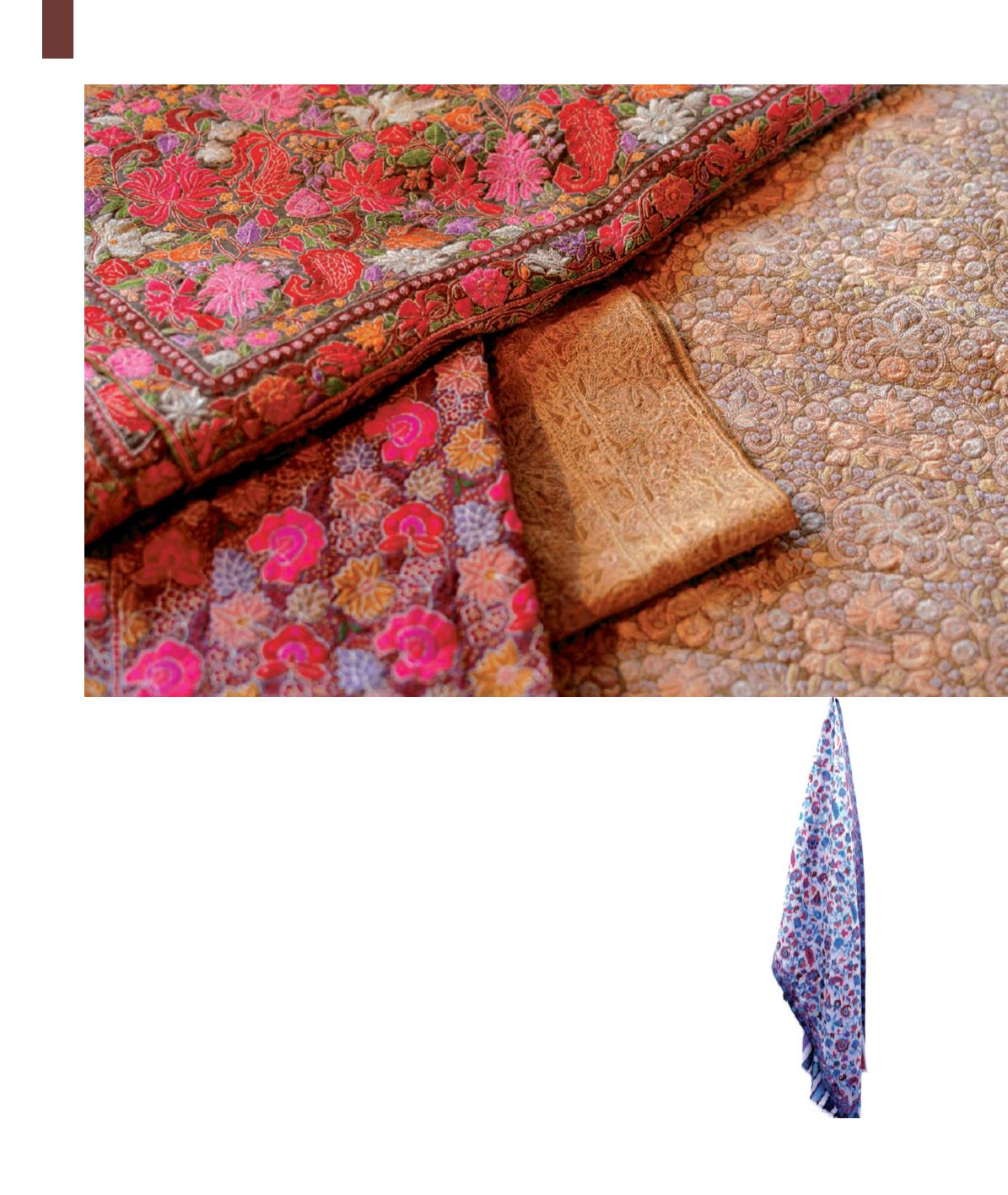
124
In the Changthang region of the Indian Trans-
Himalayan area of Ladakh (that falls in the
western extension of the Tibetan Plateau and
has an important highland grazing ecosystem)
dwells a less-known semi-nomadic community
living in harmony with nature and its livestock.
This hardy community of a few thousands
is the Changpas, who speak a Tibetan dialect
called Changskhat and follow Tibetan
Buddhism. Their livestock includes horse, yak,
sheep and goat. The lives of the Changpas
are mainly dependent upon their livestock;
they get wool, fuel, milk, mutton and pashm
(for Pashmina) from their livestock and sell
this produce to make a living. Changra (
Capra
hircus
), their domesticated goats are credited
with producing the finest cashmere wool or
pashm in the world.
The Number Game
Ladakh has two per cent of the global
Pashmina share along with 100 per cent
production in India. Around 99 per cent of
Pashmina comes from Changthang and the
remaining one per cent from other regions
of Ladakh. Over all 45,000 kg of Pashmina is
produced by the Leh district annually. Ladakhi
Pashmina is soft, light, warm and has better
ability to absorb dyes and moisture compared
to other wools.
The Changpas are hardworking, simple folk
that lead a tough life. Their migration pattern
from one place to another is mainly dependent
upon the amount of grass available at a
particular grazing ground. Winters are harsh
and as their grazing lands are astride the Indian
All images courtesy: Gulzar Hussain


